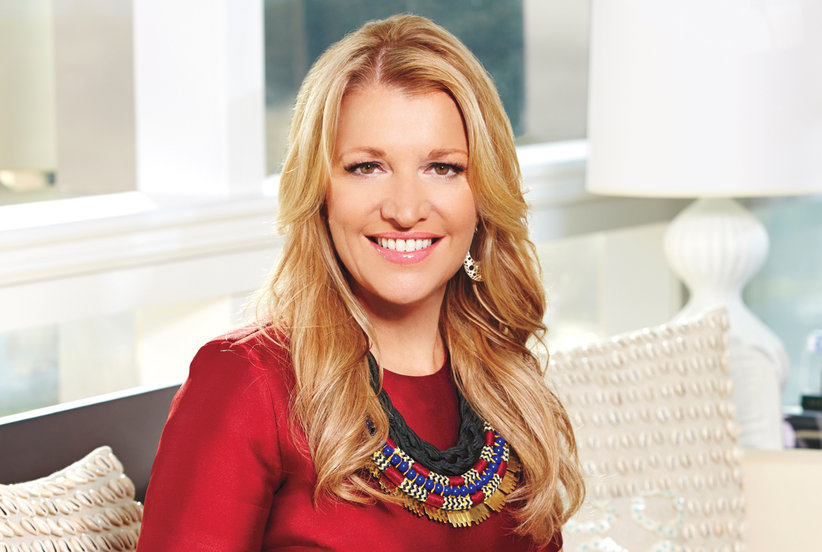Tampa Bay Times, St. Petersburg, Fla.
WWR Article Summary (tl;dr) There is a trend toward more equal representation on corporate boards, but parity won’t happen until the end of 2055 UNLESS the pace picks up.
NEW YORK
The number of women sitting at the table in corporate boardrooms across the country is rising very slowly, but it’s rising.
Just over 15 percent of all director seats at publicly traded U.S. companies were held by women as of Dec. 31, according to a study by Equilar, a corporate research firm. That’s up from 14 percent a year earlier and from 12 percent in 2013.
So, the trend is toward more equal representation on boards, but parity won’t happen until the end of 2055 unless the pace picks up, according to Equilar. That’s nearly 40 years away, which may be about when girls born today begin sitting on corporate boards.
A similar trend can be found in Tampa Bay boardrooms. Of the ten largest public companies based in Tampa, a combined 23 percent of the 92 directors are women.
That’s encouraging, though the numbers differ sharply among those ten companies. St. Petersburg’s HSN leads the way with 50 percent — five of its 10 directors — being women. Tampa’s Bloomin’ Brands, parent of Outback Steakhouse and other restaurant chains, follows right behind with women holding three of the seven, or 43 percent, of the board positions. Both HSN and Bloomin’ happen to be run the by women CEOs, who also serve on their boards.
Other public companies among the top ten in Tampa Bay who boast only one woman on their boards include WellCare Health Plans, Cott Corp and Masonite.
Demonstrating how far remains to go toward gender parity, nationwide there are 738 companies that still have no women on their boards. Last year, nearly 60 companies that had no female directors since at least 2011 added one or more women.
Even so, it’s still much easier to find a woman in the boardroom than in the corner office, according to a separate, global survey of 3,400 companies by Credit Suisse.
While women occupied nearly 15 percent of board seats at the end of 2015, only about 4 percent of CEOs are women. In Tampa Bay, women CEOs run two of the top ten public companies (HSN’s Mindy Grossman and Bloomin’ Brands’ Liz Smith), but the number drops rapidly among smaller corporations.
Companies in other countries have gotten closer to gender parity than the United States, and government pressure has played a big role.
Several European countries have set quotas and targets for how many corporate board members should be held by women. That’s why women held 24 percent of European board seats at the end of 2015, the highest rate in the world.
Investors are taking note. Companies with at least one female director tend to have higher stock returns and better corporate performance than those with all-male boards, Credit Suisse says. Of course, this may be a case of correlation rather than causation, and better-performing companies may be more welcoming to women rather than vice versa.
Regardless, having women in the most senior leadership positions has other benefits, companies say.
At American Water Works Co., the largest publicly traded U.S. water and wastewater utility, five of the nine board positions are held by women. And that’s something that customers, regulators and employees, both current and potential future ones, see, says BJ Holdnak, senior vice president of human resources.
“We want to look like the customers and the employees that we serve in our local markets,” she says. “The board, starting in 2012, really began to focus on assuring that they were diverse and looked like and represented the company.”
American Water’s majority-female board is an anomaly. Just 21 of the 3,525 companies in Equilar’s survey have half or more of their board seats held by women. Equilar based its study on the Russell 3000 index, a broad measure of publicly traded U.S. companies.
It also runs counter to the male-dominated utility industry. Nearly 80 percent of workers across the industry are men, according to Labor Department statistics.
Like American Water, Connecticut Water is another utility that has a majority-female board. It also says it didn’t start with the explicit intent of having more women than men on its board. Instead, it happened as the byproduct of looking for a more diverse group to represent its shareholders, customers and employees. Five of the company’s eight director seats are held by women.
“It’s a bit of an arduous process, looking for someone that fulfills what we’re driving for in our cultural focus,” says Kristen Johnson, corporate secretary and vice president of human resources at Connecticut Water. “We’ve been super-lucky to find individuals that populate the board like that, and it just so happens that five of them are women.”














































































































































































































































































































































































